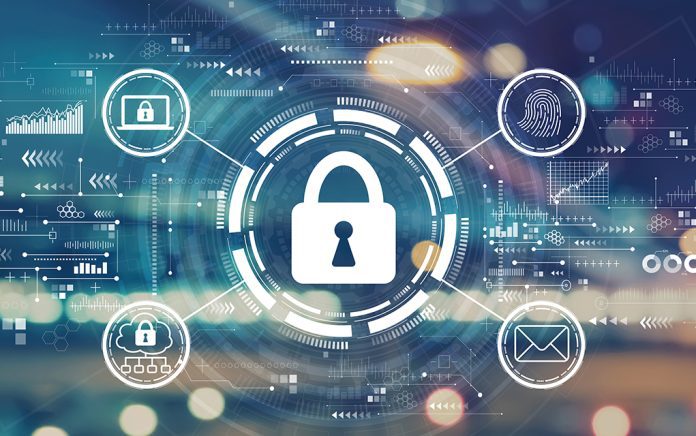Imagine having to tell your congregants that their personal data—name, address, phone number, financial details and more—has been compromised through a data breach at your church.
In an increasingly digital world, faith-based organizations and ministries of all sizes must prioritize cybersecurity to safeguard sensitive data, financial records and personal information. Cyber threats such as phishing, ransomware and data breaches pose real risks. If you think it can’t happen to you or your organization, you are wrong. It is crucial that your leadership team take proactive steps to protect your church.
If you aren’t sure where to start, these guidelines can help. Here are 10 essential cybersecurity measures every church or ministry should implement:
1. Develop an internet use policy. Establish clear guidelines for church staff as well as volunteers regarding internet usage, data protection and online communications. Regularly review this policy and update it to address emerging threats.
2. Use multi-factor authentication (MFA). Adding an extra layer of security beyond passwords helps protect unauthorized access to sensitive systems and data.
3. Enforce strong passwords. Implement a password policy that balances security and ease of use. Passwords should be at least 16 characters and unique, yet easy for the user to remember.
4. Train staff and volunteers. Conduct cybersecurity training to help team members recognize threats like phishing emails, ransomware and social engineering attacks.
5. Keep devices and software updated. Regularly update software, operating systems and apps on computers, tablets and other church devices to prevent security vulnerabilities. Remove unused applications to reduce potential risks.
6. Back up critical data. Regularly back up important church records and store them securely off-site or in the cloud to prevent data loss from cyberattacks or system failures.
7. Secure your network. Protect Wi-Fi access with strong passwords, firewalls and encryption. Restrict access to authorized personnel only and conduct regular system monitoring.
8. Conduct background checks. Screen individuals who will have access to church systems to ensure their trustworthiness and your security.
9. Control system access. Limit access to sensitive information based on roles and responsibilities. Only authorized personnel should have administrative privileges.
10. Plan for cyber incidents. Assess the vulnerabilities in your church’s digital infrastructure. Create an incident response plan, review it with your team, and have it in place before an incident happens. Review insurance coverage for data breaches.
A strong cybersecurity strategy is essential to protect your mission and those you serve. If your church needs help implementing these safeguards, consider reaching out to cybersecurity professionals for guidance.
For a deeper dive into securing your church’s digital presence, more resources are available at ChurchMutual.com/cyberOM.

